There are some people who live to travel. Experiencing new scenery, people, and cultures can provide real fulfillment. While the idea of travel may be associated with some very positive feelings, sometimes the fine details can be a little stressful. Some of this stress can be attributed to some the major and minor maladies that can happen to a traveler. From jetlag to diarrhea, some of these sicknesses can be annoying or potentially harmful. This is why I give you tips in this article that can stave off or ameliorate some of these health issues. With a little help, your memories of your travels will only be positive.
Jet Lag
What causes jet lag? Jet lag occurs because rapid travel throws off our circadian rhythm. This is the biological clock that regulates when we wake and go to sleep. There are various cues that control our circadian rhythm. These include light exposure, when we eat our meals, social engagement, and other life activities. When you enter a new time zone, there is a desynchronization of the internal clock from the external cues.

The crossing of time zones is not the only factor in flying that causes the problem. Air cabins are pressurized and consequently lower the oxygen in the blood. This makes fliers feel uncomfortable and dehydrated. Also, we don’t have the ability to move around so much on the airplane. This can aggravate jet lag. The air in the airplane is also low in moisture. One might think that drinking water could resolve the issue. However, the very air that we breathe on the airplane will cause dryness internally.
When you are trying to adapt to a new time zone, exposure to light can make all of the difference. If you receive light at the appropriate time of day, you can shift your body’s clock in the right direction. When flying westwards, light exposure in the late evening to early morning can shift your clock to the proper point. Exposure to light between 5am-9am can push the clock earlier in time for when you are travelling eastwards.
In addition to altering your body’s clock, light has other effects on our bodies. It can enhance our level of alertness, our ability to perform certain tasks, and our moods.
Traveler’s Diarrhea
Traveler’s diarrhea is an unpleasant digestive tract disorder that can cause loose stools and abdominal cramps. You can get this from eating contaminated food or drinking contaminated water. Usually, this isn’t a serious sickness. It’s just painful and unpleasant. If you’re visiting a locale where the sanitation is different from what you’re used to, you can get traveler’s diarrhea. Usually, it will resolve without getting doctor’s treatment. However, it’s good to bring some over-the-counter medications for any prolonged episode.
Traveler’s diarrhea can affect you while you’re on your trip or shortly after you get home. The most common symptoms of it are the following:
- Having three or more loose stools a day
- An urgent need to defecate
- Abdominal cramping
- Nausea
- Vomiting
- Fever
Sometimes, you may get dehydrated or have persistent vomiting. You may get a high fever, bloody stools, or pain in your abdomen. If you get any of these symptoms or if the diarrhea lasts more than a couple of days, then you should see a doctor.
Sometimes, traveler’s diarrhea can result from the stress of traveling or a difference in diet. Usually, however, it’s the result of an infectious agent. This agent many times comes from food that’s contaminated with organisms from feces. They get into the digestive tract and overpower your defense mechanisms. This results in the symptoms of traveler’s diarrhea.

The most common bacteria involved in this malady is enterotoxigenic escherichia coli bacteria. These organisms cling to the lining of your intestine and give off a toxin that causes diarrhea and abdominal cramping. The reason that people who live in high-risk countries don’t get sick themselves is that their systems have become accustomed to the bacteria. They have developed immunity to them.
Every year, millions of people get traveler’s diarrhea. You are particularly at risk if you travel to many areas of Central and South America, Mexico, Africa, the Middle East, and most of Asia. Usually, you are disposed to getting it based upon your location. However, certain groups are more prone to get it than others. These include:
- Young adults
- People with weak immune systems
- People with diabetes or inflammatory bowel disease
The basic way that you can prevent traveler’s diarrhea is to watch what you eat and drink. You should only drink bottled water or boil your water. You should also eat foods only if they are served hot or have a peel that you remove yourself.
Catching a Cold on The Airplane
It’s very common to catch a cold on the airplane. Studies show that there is an increased risk of this happening. One study found that you have a 20 percent higher risk of catching a cold on the plane. Another study found that colds may be up to 100 times more likely to be transmitted on the plane.

So, why are you more likely to catch a cold on the plane? The Journal of Environmental Research had a study that showed that the cause is low cabin humidity caused by low humidity at high elevations. Airplanes fly at elevations in the range of 30,000 to 35,000 feet. The humidity up there is 10 percent or lower. When the humidity is so low, the mucus in your nose and throat dry up. This creates an environment where germs may infect you. Also, there is the obvious fact that you are at close quarters with other people on the plane when you fly. However, there is nothing that you can do about that, short of renting out a whole section of the plane.
A good tip for avoiding the common cold is to stay hydrated. Not only will drinking fluids counter getting headaches and other symptoms, but also it will help your immune system to function better. You should avoid drinking caffeine and alcohol because they have a tendency to dehydrate as well.
It’s better to sip some water throughout your flight than to try to drink a lot of water at once before the flight. You can also use a nasal mist to hydrate your nasal passages. Hot drinks are also a good way to keep your mucous membranes functioning well. Lastly, a MyAir face mask will reduce airborne pathogens and irritants.
Blood Clots
According to the World Health Organization, if you sit on a plane for more than four hours, your chances double of getting a blood clot. Researchers have found that up to 5% of all air travelers will get blood clots. Apparently, the altitude, dehydration, and lack of movement are a recipe for problems.
Deep vein thrombosis occurs when a blood clot forms in one or more of the deep veins of your body. This usually occurs in the legs. Deep vein thrombosis may cause leg pain or swelling, but it also may happen without any symptoms.
Deep vein thrombosis is a very serious condition because blood clots in your veins can come loose and eventually lodge in your lungs. This may block blood flow.
The symptoms of deep vein thrombosis can include:
- Swelling in the affected leg. Occasionally, you can get swelling in both legs.
- Pain in the leg. The pain may sometimes start in your calf and can feel like cramping or soreness.
Sometimes, deep vein thrombosis can occur without any symptoms at all.

It’s time to see the doctor if you have any symptoms of deep vein thrombosis. The warning signs of a pulmonary embolism include:
- Unexplained sudden onset of shortness of breath
- Chest pain that feels worse when you take a deep breath
- Feeling lightheaded or dizzy
- Rapid pulse
- Coughing up blood
You need to seek medical attention immediately if you have symptoms of a pulmonary embolism.
Airplane cabins are pressurized to about 8,000 feet. The higher the altitude, the less oxygen there is in the air. Your blood changes its platelet count when there is less oxygen. The increase in platelets makes it more likely that you will get a clot.
The lack of humidity in the air also makes your blood thicker. Ironically, people are not as thirsty at higher altitudes.
High altitude and dehydration are risk factors. However, the lack of movement on a plane is the most serious risk factor. When you don’t move around, it inhibits your circulation. This is particularly so in your legs because they are so far from the heart. The blood ends up collecting in your legs. When the blood stays too long in one place, the platelets can stick together. This can form a blood clot in a vein.
A simple tip to avoid blood clots is to keep moving around on the airplane. Seats in the economy section are particularly cramped and impede movement. You should get into the aisle and try to move all of your limbs around as much as possible. Another tip is to try to move around and do exercises in your seat. This may annoy the passenger next to you, but it’s better than forming a blood clot. You can march in place with your feet and move your arms up and down.
Skin Problems on Planes

The air in an airplane cabin is recirculated and dry. You also feel some stress when you travel, perhaps particularly when you fly. Both these factors can lead to problems with your complexion. The dry air can dehydrate your skin and the stress can cause breakouts of pimples.
You can avoid the dry skin problem with the following tip: you need to moisturize your skin effectively. First, you should dampen your skin. Moisturizer is more effective when applied to moist skin. Then, apply the moisturizer. You should do this every few hours while on the plane and at the beginning and end of your plane ride.
Final Thoughts
The type of health problems that can occur during travel depends mainly on where your travels take you. You can catch a major illness if you are travelling to a country that has issues with its sanitation. When traveling domestically, usually the potential health problems are not dangerous, just painful and annoying.
However, with the tips provided, you can prevent or minimize some of the most common maladies. For more information on health issues and traveling, you can find information and articles on the internet at sites such as Web MD and the Center for Disease Control. There is also software on the internet that will help you figure out when to do the light therapy mentioned earlier.

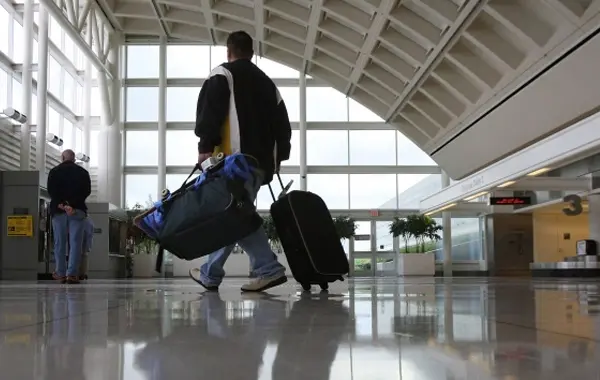

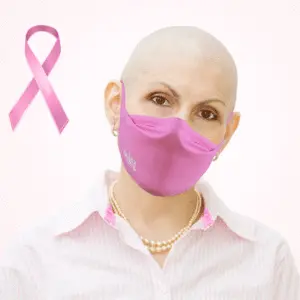

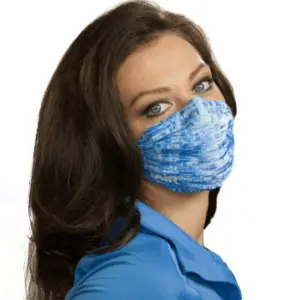

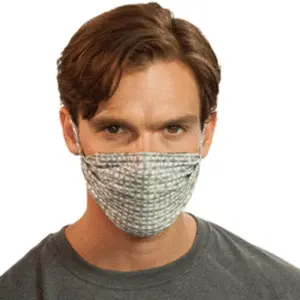






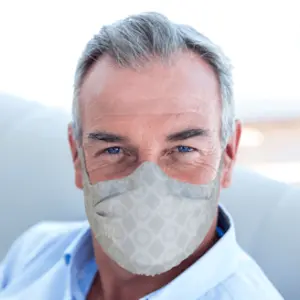






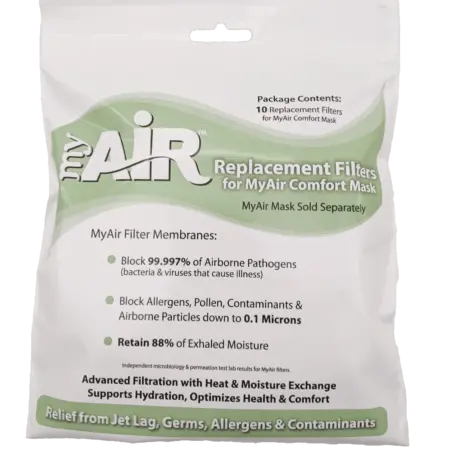
0 Comments